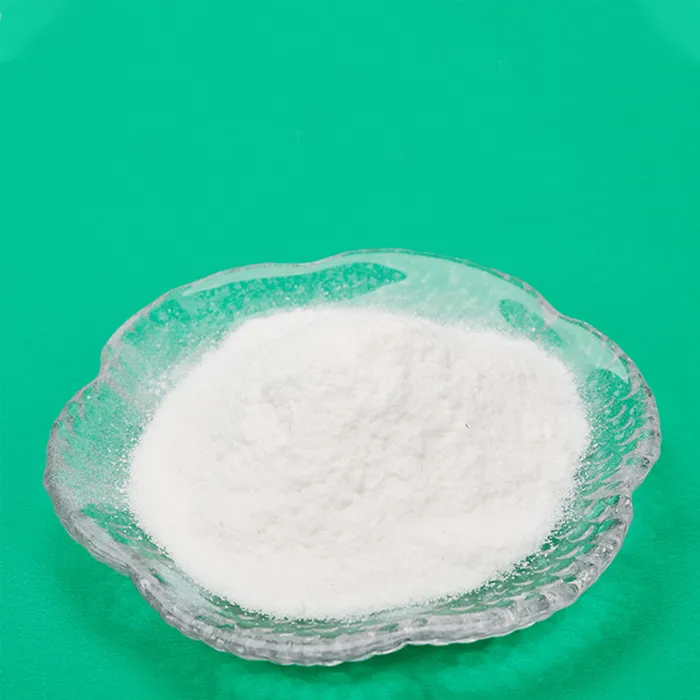Chemical Treatment of Wastewater An Essential Process for Environmental Sustainability
In recent decades, the issue of wastewater management has become increasingly critical as industrialization and urbanization have surged globally. One of the most effective methods for treating wastewater is through chemical treatment processes. This approach not only ensures that harmful substances are removed from wastewater before it is discharged into the environment, but also helps in recovering valuable resources.
Chemical treatment of wastewater involves the use of various chemicals to precipitate, coagulate, or neutralize harmful contaminants. This process typically includes several steps, such as coagulation, flocculation, sedimentation, and disinfection. Each step plays a crucial role in making wastewater safe for release or reuse.
Coagulation and Flocculation
The first steps in chemical treatment are coagulation and flocculation. During coagulation, chemicals known as coagulants (commonly aluminum sulfate or ferric chloride) are added to the wastewater. These coagulants neutralize the charges of suspended particles, causing them to clump together into larger aggregates called flocs. Flocculation follows coagulation; gentle mixing helps these flocs to gather more particles. The combined effect of these processes results in the formation of larger, denser particles that can be more easily separated from the water.
Sedimentation
After flocculation, the wastewater moves to a sedimentation tank. In this stage, gravity plays a vital role. The larger flocs sink to the bottom of the tank, forming a sludge layer, while the clearer water remains on top. This clear water can then be further treated or released, depending on the desired quality. The removal of sludge is equally important, as it provides an opportunity to manage and recycle organic materials.
chemical treatment of waste water

Disinfection
After sedimentation, disinfection is the final step in chemical treatment. This stage is crucial for eliminating pathogens that can pose risks to human health and the ecosystem. Common disinfection methods include chlorination, ozonation, and UV radiation. Chlorination involves adding chlorine or its compounds to kill bacteria and viruses. While effective, it can lead to the formation of harmful disinfection byproducts. Ozonation uses ozone gas, which is a powerful oxidant, to disinfect water without producing potentially hazardous residuals. UV radiation, although more energy-intensive, is highly effective in inactivating microorganisms without the use of chemicals.
Environmental and Economic Benefits
The chemical treatment of wastewater offers numerous environmental and economic benefits. By ensuring that treated water meets regulatory standards, it minimizes pollution in rivers, lakes, and oceans, thus protecting aquatic life. Furthermore, the resource recovery aspect of chemical treatment—such as capturing phosphorus and nitrogen for fertilizers—affirms that wastewater can be repurposed rather than viewed solely as a waste product.
Another significant advantage of chemical treatment processes is their adaptability to various types of wastewater. Whether dealing with municipal sewage or industrial effluents, chemical treatment technologies can be tailored to meet specific treatment requirements. This flexibility makes it an attractive solution for diverse industries.
Conclusion
As our world continues to grapple with the challenges of water scarcity and pollution, the importance of effective wastewater treatment cannot be overstated. Chemical treatment stands out as a robust method that not only cleanses wastewater but also enhances sustainability by recovering valuable resources. Investing in advanced chemical treatment technologies and practices will play a pivotal role in shaping a cleaner, more sustainable future for communities and ecosystems alike. As we move forward, embracing these technologies will help us meet the growing demands of a changing world while protecting our precious water resources.

